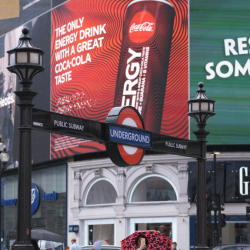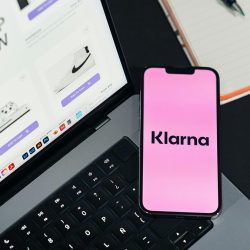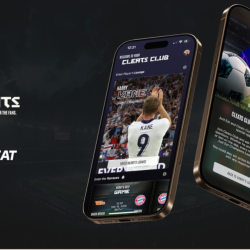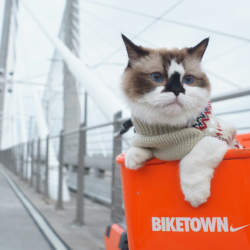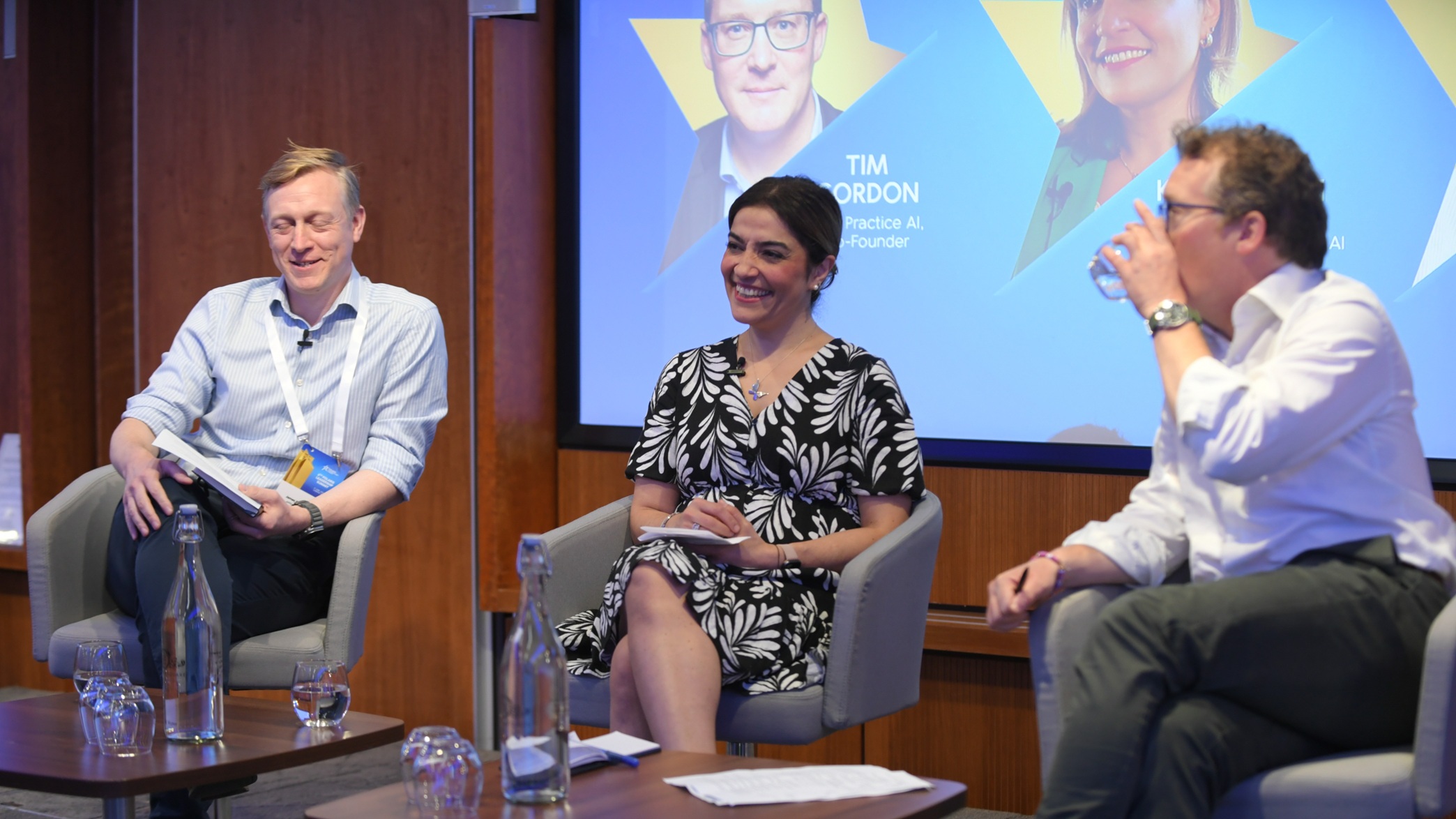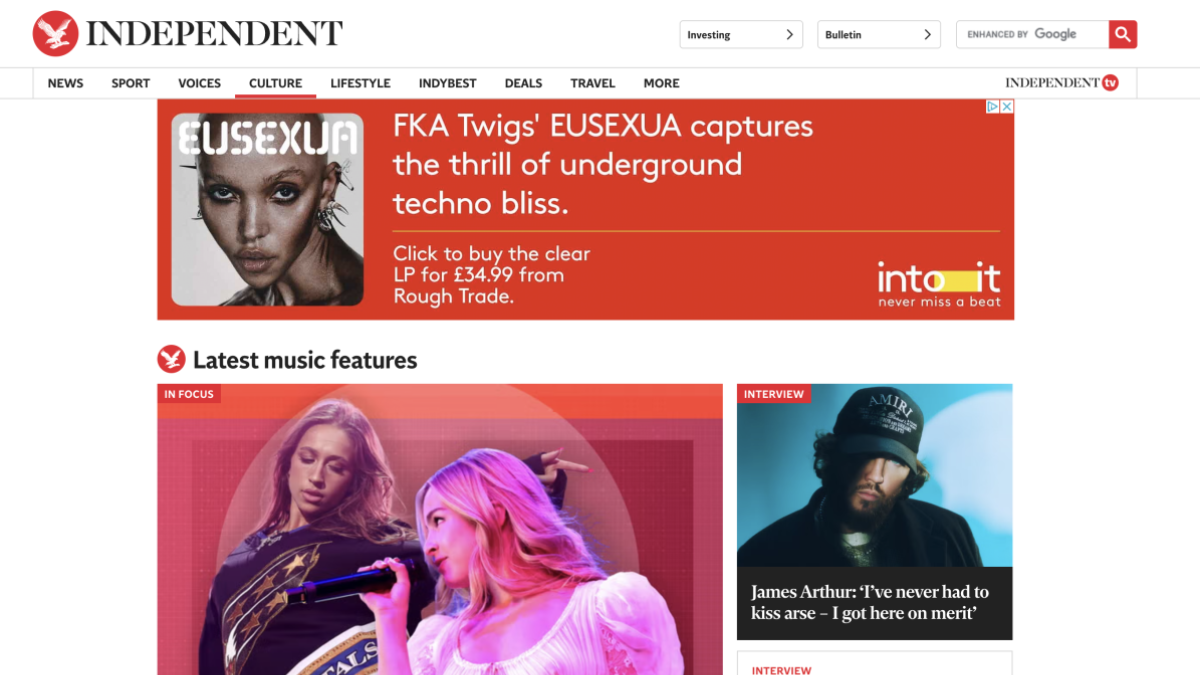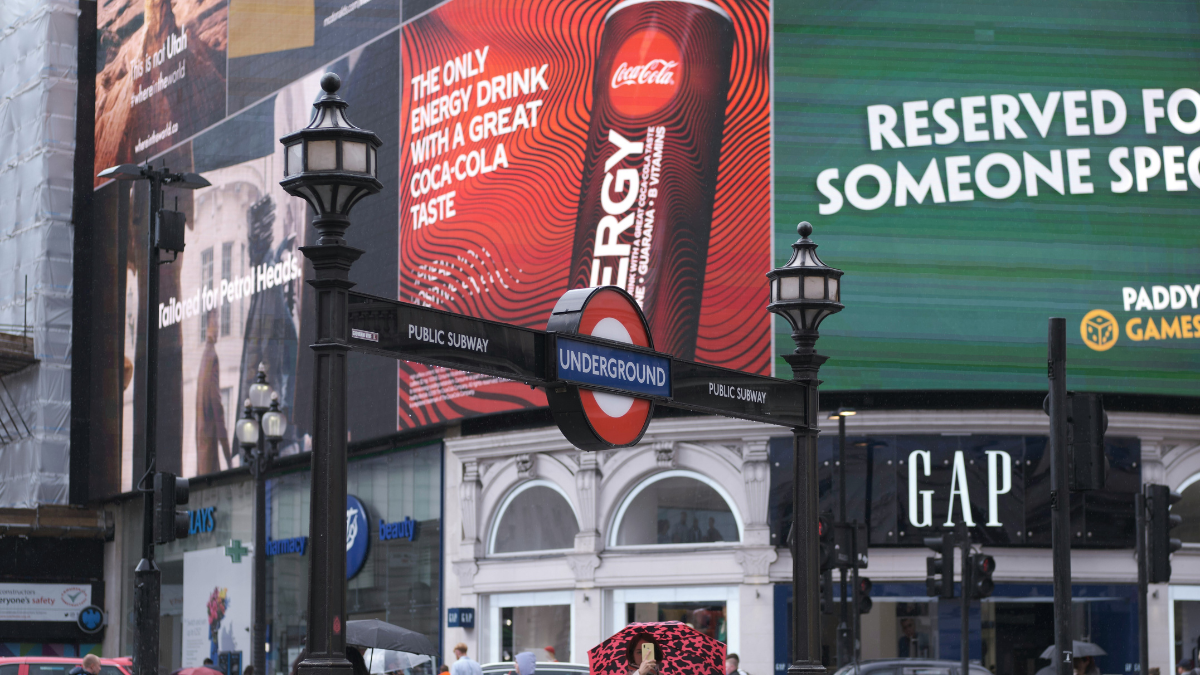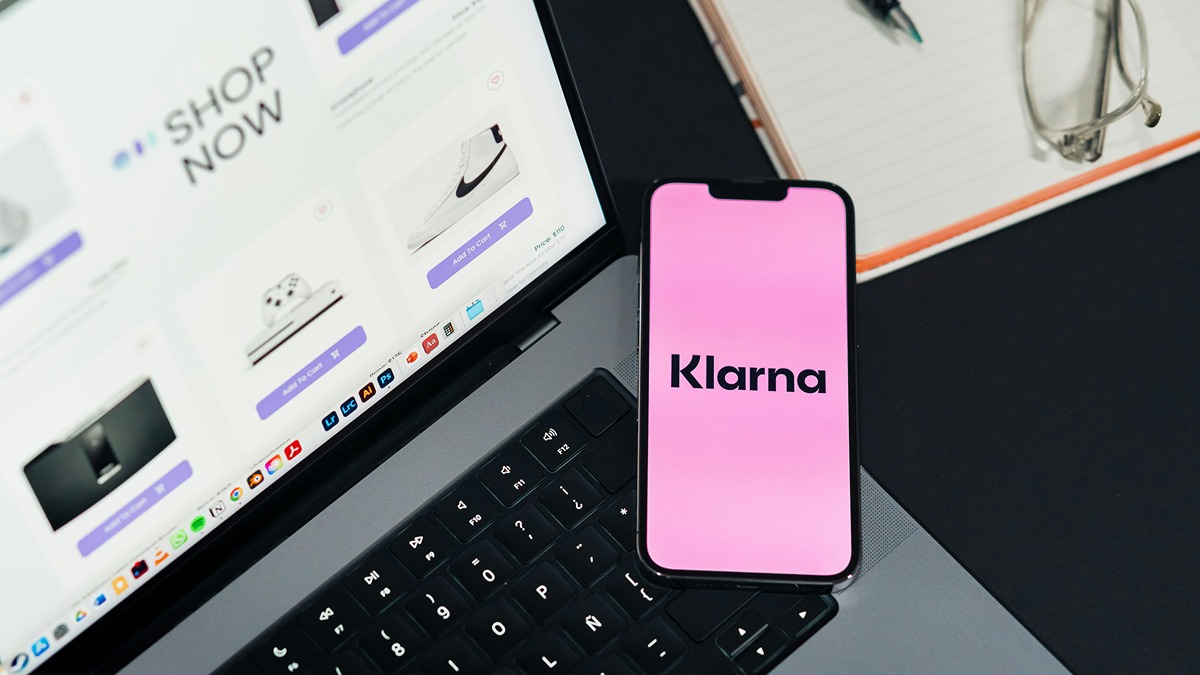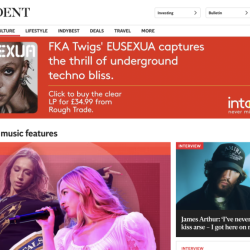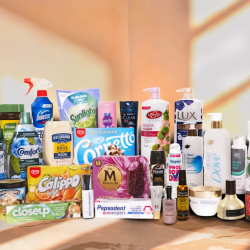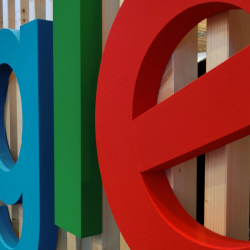Gen Z must be one of the most analysed groups ever
Brand marketers have poured over what makes them tick. Those of us who belong to other generations are often stumped by what we see. But let’s start with a simple truth. It’s lazy thinking to lump this group of approximately 2 billion people into one large values set, and we’re all guilty of having done it. The same goes for any other demographic, but it’s particularly pertinent here, as ‘Gen Zers’ are still developing and finding an identity.
That process necessarily involves experimentation and learning, throwing up contradictions along the way as they work things out.
As marketers, it’s our duty to try to understand and unmask this audience and the complex set of traits they exhibit, because they represent the future — 40% of the world’s population by the end of the decade.
Contradictions lead to vilification
It’s hard to pick up a newspaper or turn on the radio without hearing that Gen Z is ‘this’ or ‘that’… complete the sentence with a negative trope of your choosing. But then again, if you belong to an older group (like millennial me), it’s hard NOT to fall into some of this negative thinking when what you witness is contradictory and baffling (to us). The fact that Gen Z is a work in progress is just one part of the picture.
One of the most persistent narratives is the fact that Gen Z are more concerned about the planet than everyone else. 60% say they suffer from climate anxiety and 83% think we have failed the planet. Yet their purchase and other behaviours are often massively at odds with their stated position.
Just look at the rise of fast fashion brand Shein, a Gen Z favourite — $1bn sales in the UK alone — and the amount of disposable vapes that litter our streets, many of them consumed by Gen Z. The disconnect is stark. The same narrative and disconnect emerges across many similar surveys.
Cynicism meets optimism
When one generation’s behaviour appears illogical or contradictory to the one(s) ‘in power,’ there’s bound to be fallout. The commentary that emerges from surveys and news stories like those mentioned can mean the people currently running society look at Gen Z with cynicism. However from a Gen Z perspective, there’s optimism about how they might be able to make things better.
While the world might appear well and truly f*cked, it will be down to Gen Z to face up to the scale of the problem and ‘fix the world’. And, ironically, that’s where their hope comes from. You need a huge source of optimism to power you along the way, if the heavy duty of developing the vision and foresight to actually come up with solutions to a set of global crises has been laid at your door.
Cynical targeting of Gen Z — so they’re doing it for themselves
There’s also a deep contradiction in the fact that some of Gen Z’s ‘favourite’ brands such as Shein, Primark, H&M, etc, are doing little of real substance to mitigate their impact on the planet, when research tells them it’s a key priority for that audience. As a result, the young consumers that buy them (probably because they’re affordable, ubiquitous and readily available) get tarred with the same brush as those brands — creating a vicious cycle of yet more contradictions and cynicism among older consumers.
However, dissatisfied with what’s on offer, Gen Z entrepreneurs are now building businesses that reflect the values they have found lacking on the high street. Grace Beverley’s activewear brand Tala is a great example. Launched in 2019 when Beverley was just 22, she has baked in impact reduction, sustainability and diversity as core values from the get-go.
Another example is August, an ethical, sustainable provider of period care products that is unashamedly Gen Z community driven. There’s a fire in the belly of these young entrepreneurs, powered by the optimism we’ve identified earlier, to do things better.
Gen Z knows that starting a brand from scratch means putting in place the right measures to guarantee the future of the world as best it can. This wave of Gen Z-owned brands is still in its infancy, not yet available at a large enough scale to effect real collective change. But, with time, there is hope their approach to business and consumerism could become the default.
Getting further under the skin of Gen Z
As well as the macro issues we’ve looked at so far, there’s another way for brand marketers to get to know Gen Z better. Go to where global youth gets much of its news, information and entertainment. And that, of course is online, and often deep into social media rabbit holes, as well as platforms such as Twitch and Discord; platforms that most marketing directors and senior brand people may find hard to navigate.
The rules of mainstream media, the attempt to distinguish fact from fiction, to hold up the ‘truth’ can disappear online, giving way to a fluid environment where reality and distortion co-exist. It’s only natural that Gen Z will be conditioned by what they see and experience online, giving rise to new behaviours and expectations.
Gen Z have an almost exclusive use of social media and mobile phones as communication tools, which can lead to a feedback loop of confirmation bias, where ideas and ‘news’ can become distorted, or much ‘bigger’ than they might be in the national and global agenda. But this can provide greater opportunities for brands to be part of the discussion and solution.
Marketers — time to step up
For millennials and Gen X brand marketers (who may crave a neat and structured set of rules) this is the stuff of nightmares, a complex, multi-faceted audience they feel ill-equipped to fathom and who are full of contradictions. But looking away is not an option. A failure to understand this vast cohort may lead to out of touch, poorly-judged brand actions or worse. Yet herein lies the opportunity. Multiple sub-communities exist, characterised by self-discovery and experimentation and seeking authentic brands they can trust.
Make sure your brand does its homework so that it knows who it’s talking to. The size of the prize if you get it right is huge. Gen Z had an estimated $360bn worth of spending power in 2021, and that will continue to grow as they enter the workforce and maximise their earning potential.
Increasingly our global youth will demand that the brands they engage with place positive impact at their core, and they have already started the shift. Make sure your brand is on the right side of history.
Featured image: Polina Tankilevitch / Pexels
